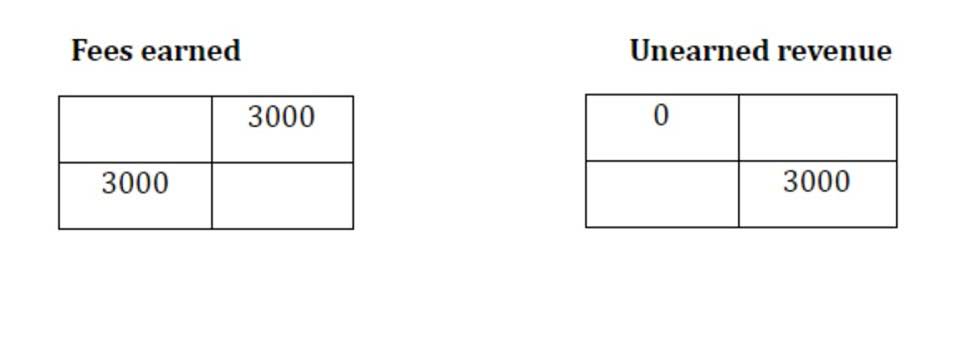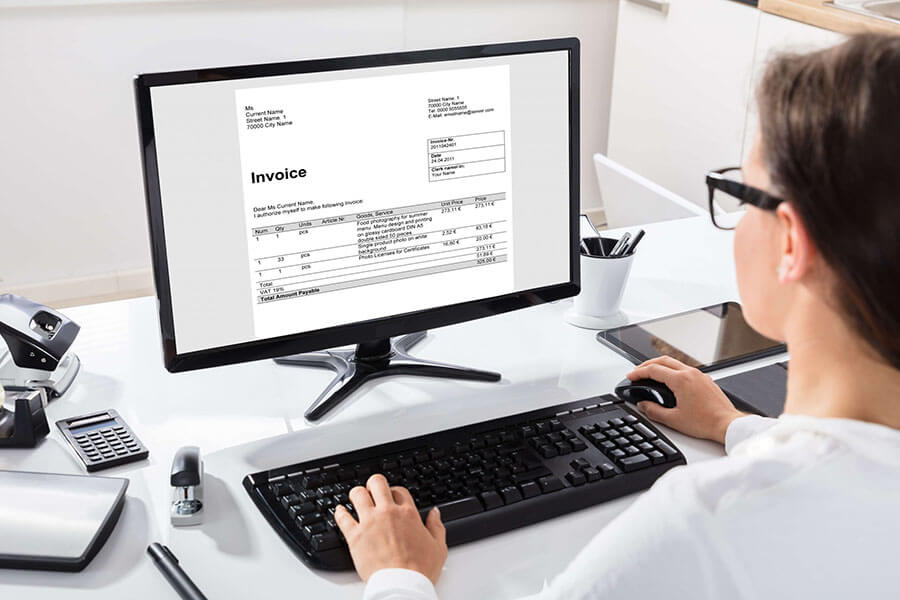
Best practices include establishing comprehensive accounting policies, implementing multi-level normal balance reviews, maintaining thorough documentation, and employing staff with GAAP expertise. Implementing and maintaining effective internal controls is an ongoing process that requires careful planning, execution, and monitoring. Organizations that successfully establish robust control environments follow a structured approach that involves multiple stakeholders and continuous assessment.

Maintaining Accountability with Control Accounts
- Internal controls in accounting are the systems, processes, and procedures that organizations implement to safeguard assets, ensure accurate financial reporting, and promote operational efficiency.
- In today’s digital environment, information technology controls are essential for protecting financial data and ensuring system integrity.
- These reports summarise each sub-ledgers total balance, allowing a streamlined analysis of a company’s balance sheet without the lengthy details contained in each.
- Once different accounting entries are posted in the books, different ledgers are created that help to set structured and complied data related to different business operations.
- A control account typically follows a structured layout to ensure accurate and efficient recording of all financial processes.
This can happen easily in things like the accounts receivable subsidiary ledger. For example, a sales ledger & debtor ledger control account summarizes the transactions entered with the individual accounts in the ledger. Any discrepancy or error is rectified before posting the same in the main ledger. Control accounting both helps produce clean financial reports, and provides checks and balances for accurate reconciliation. In the case of an accounts receivable control account, the controlling account definition subtotal of the customer balances in the subledger must match up to the control account.
Advantages of a Control Account
Now transfers all the individual accounts’ debtor’s balance to the debtor’s account. In fact, it contains two special accounts relating to the above, called control accounts. Angela has used and tested various accounting software packages; she is Xero certified and a QuickBooks ProAdvisor. Experienced in using Excel spreadsheets for her bookkeeping needs and created a collection of user-friendly templates designed specifically for small businesses. Among the variety of control accounts available, some of the most commonly utilized include Accounts Receivable, Accounts Payable, and Inventory Control.

control account

Each day the total of the day’s credit sales and the day’s collections are posted to this account. However, the details involving specific customers’ accounts will be found in a subsidiary ledger. The debtors control account is also known as the sales ledger control account. This name Grocery Store Accounting is sometimes used for this account because it reflects the total of the individual sales on credit (sales to debtors), as reflected in the sales ledger.
- In this way, the controlling account really does dictate what appears in the GL and what is reported on the financial statements.
- Check your understanding of this lesson by taking the quiz in the Test Yourself!
- The balance in a control account should be equivalent to the collective balance of linked subsidiary accounts.
- A company can have hundreds or thousands of customers with current accounts receivable balances.
- As you can see, control accounts drastically clean up the ledger and make it easier for accountants and bookkeepers to use.
- Understanding these limitations doesn’t diminish the value of internal controls but helps organizations develop realistic expectations and appropriate risk responses.
Control Accounts as a Deterrent against Fraud
- These seven essential internal controls represent the foundation of an effective accounting system that protects organizational assets while ensuring accurate financial reporting.
- Functioning as a summary of total balance for the subledger, they provide a focused analysis of a business’s balance sheet.
- Each party’s total is accumulated at one place, and a certain balance is calculated to be used in the trial balance for the formation of financial statements.
- This name is sometimes used for this account because it reflects the total of the individual sales on credit (sales to debtors), as reflected in the sales ledger.
- Hence, generally, the individual account balances and the control account balance will be tallied.
Regular monitoring through detective controls provides essential backup when preventive measures fail. Preventive controls are proactive measures designed to stop errors or fraud before they occur. These serve as the first line of defense in an organization’s control system and include segregation of duties, authorization requirements, and system access restrictions. It is not a good idea for the person in charge of your general accounts to also be in charge of your control accounts.

What is a Control Account?
The people who would monitor these accounts are called control account managers. You don’t want the person in control of your general accounts in control of the control accounts, as well. It serves the purpose of the reconciliation that increases our confidence in the ending balance of accounts receivables. Each party’s total is accumulated at one place, and a certain balance is calculated to be used in the trial balance for the formation of financial statements. In the accounting cycle, the first step is posting entries in the books of accounts. Once different accounting entries are posted in the books, different ledgers are created that help to set structured and complied data related to different business operations.
